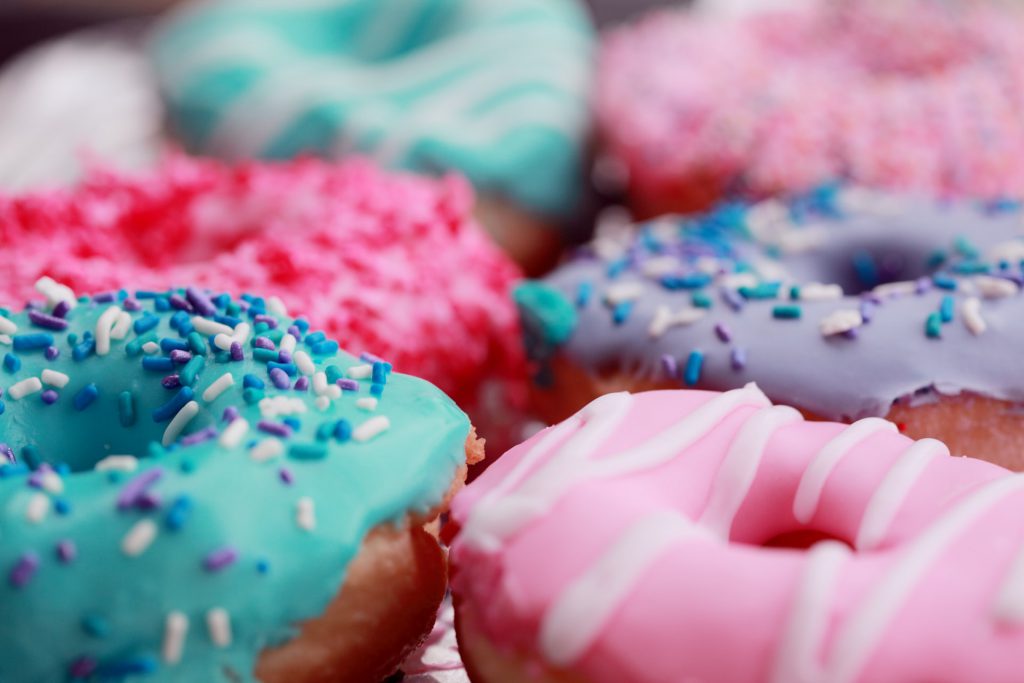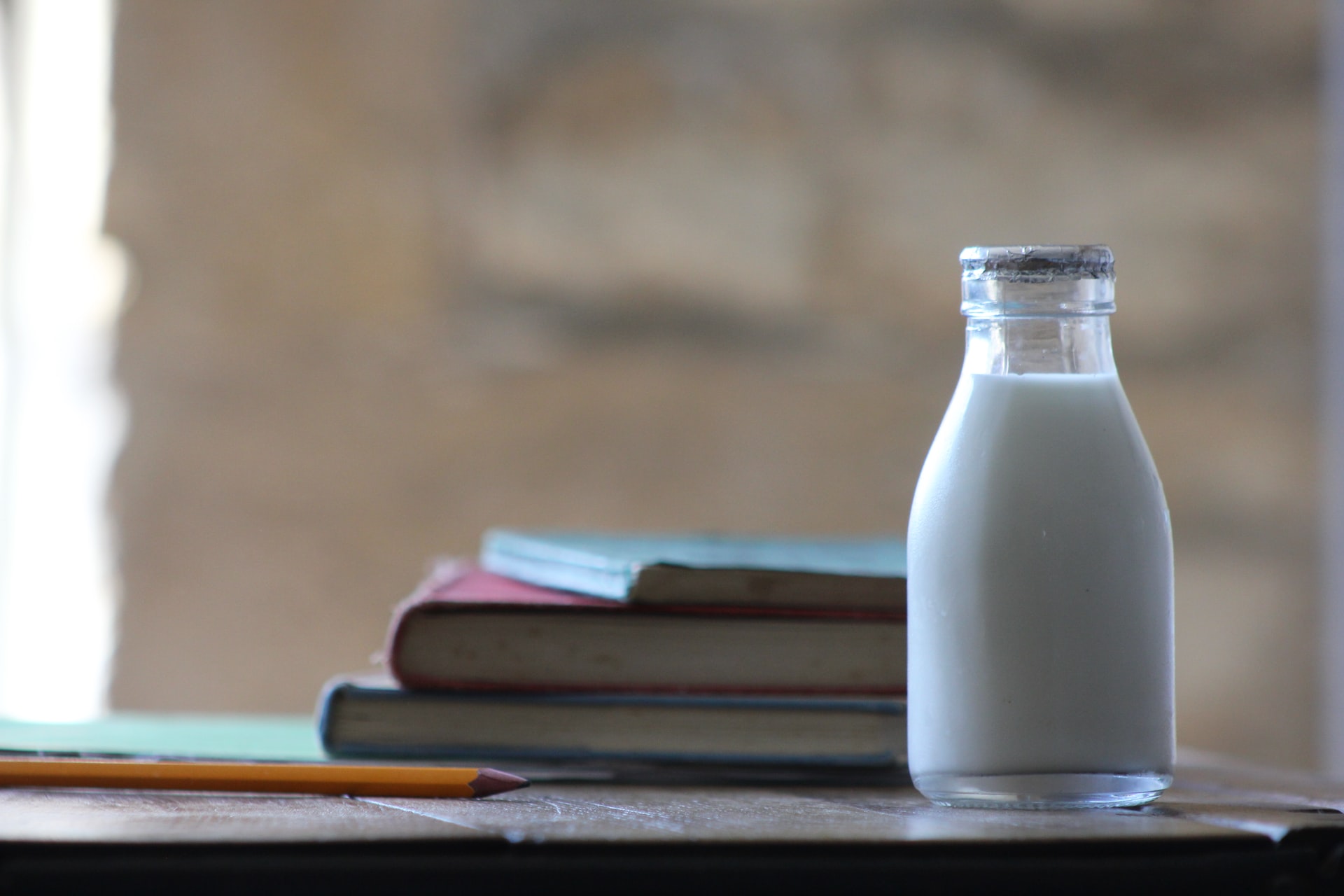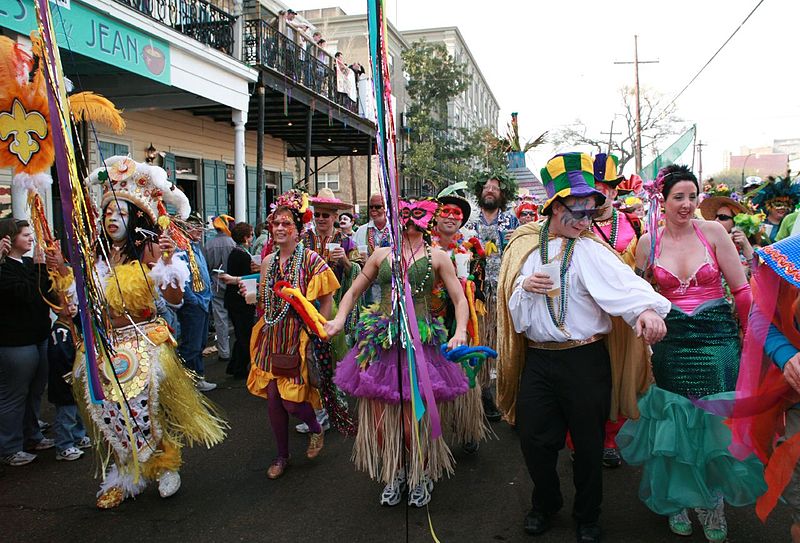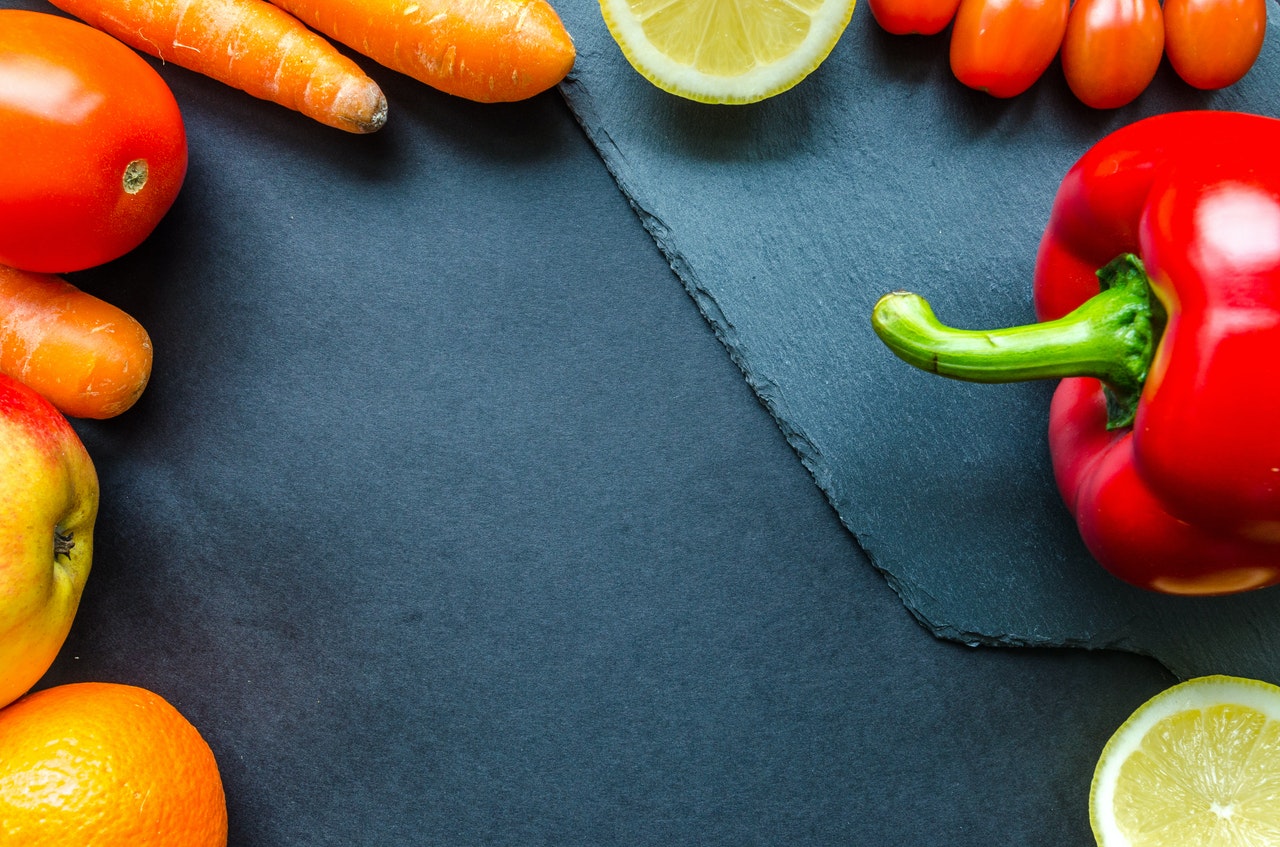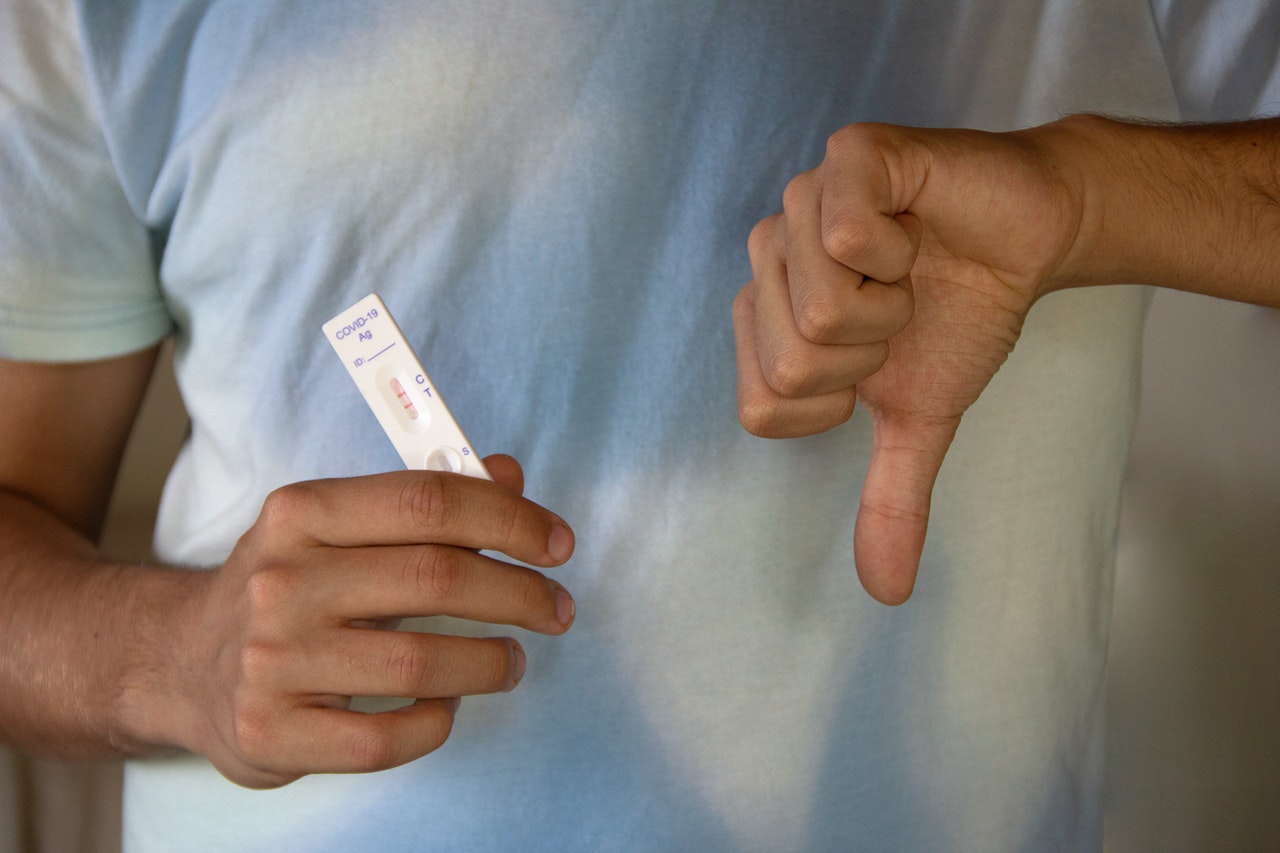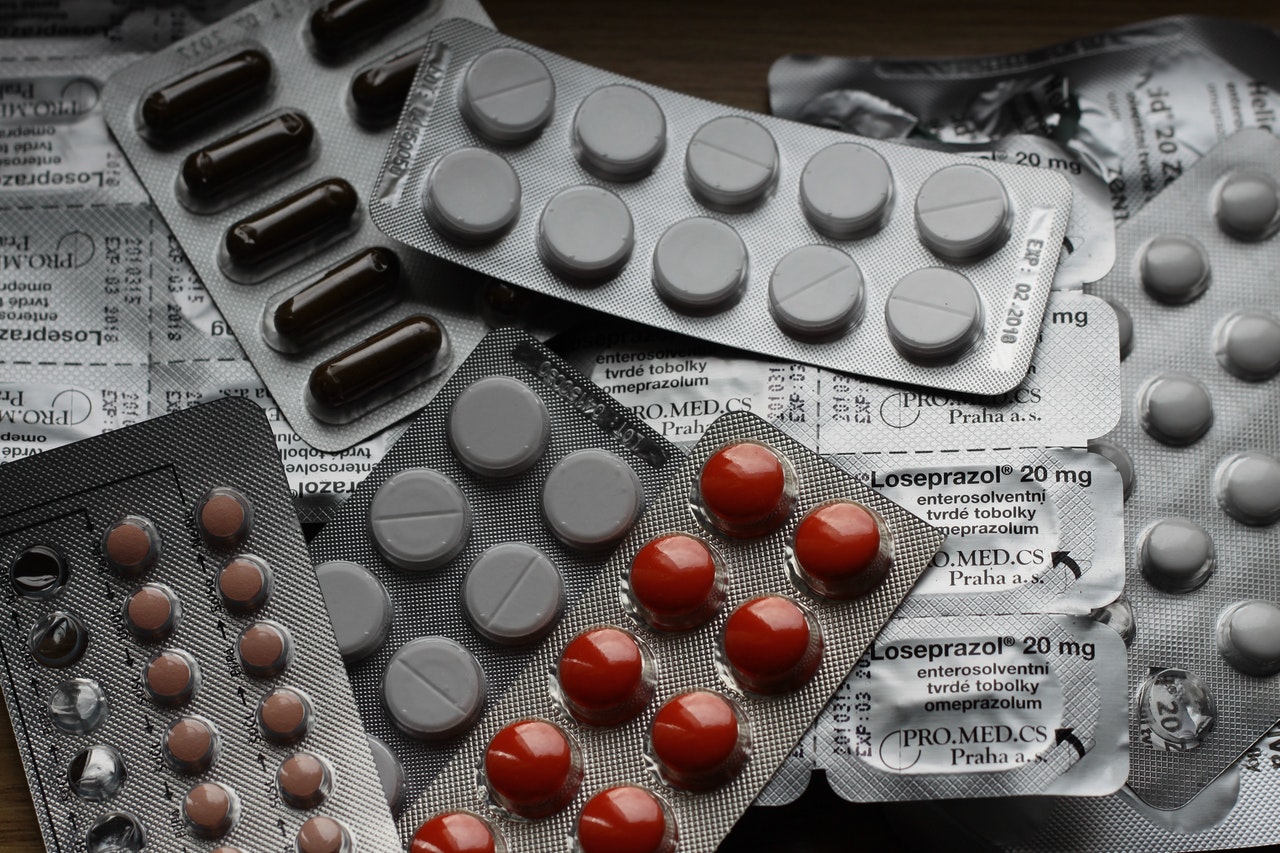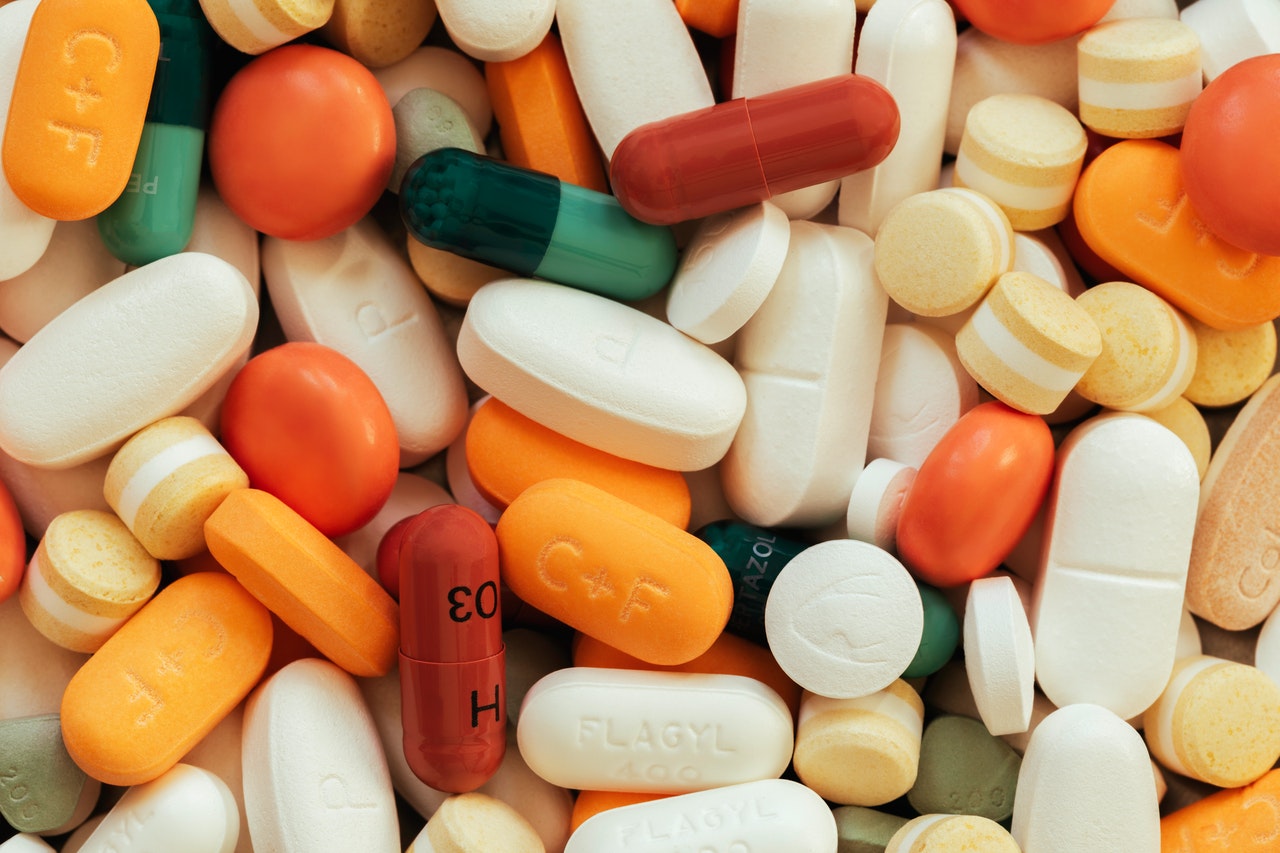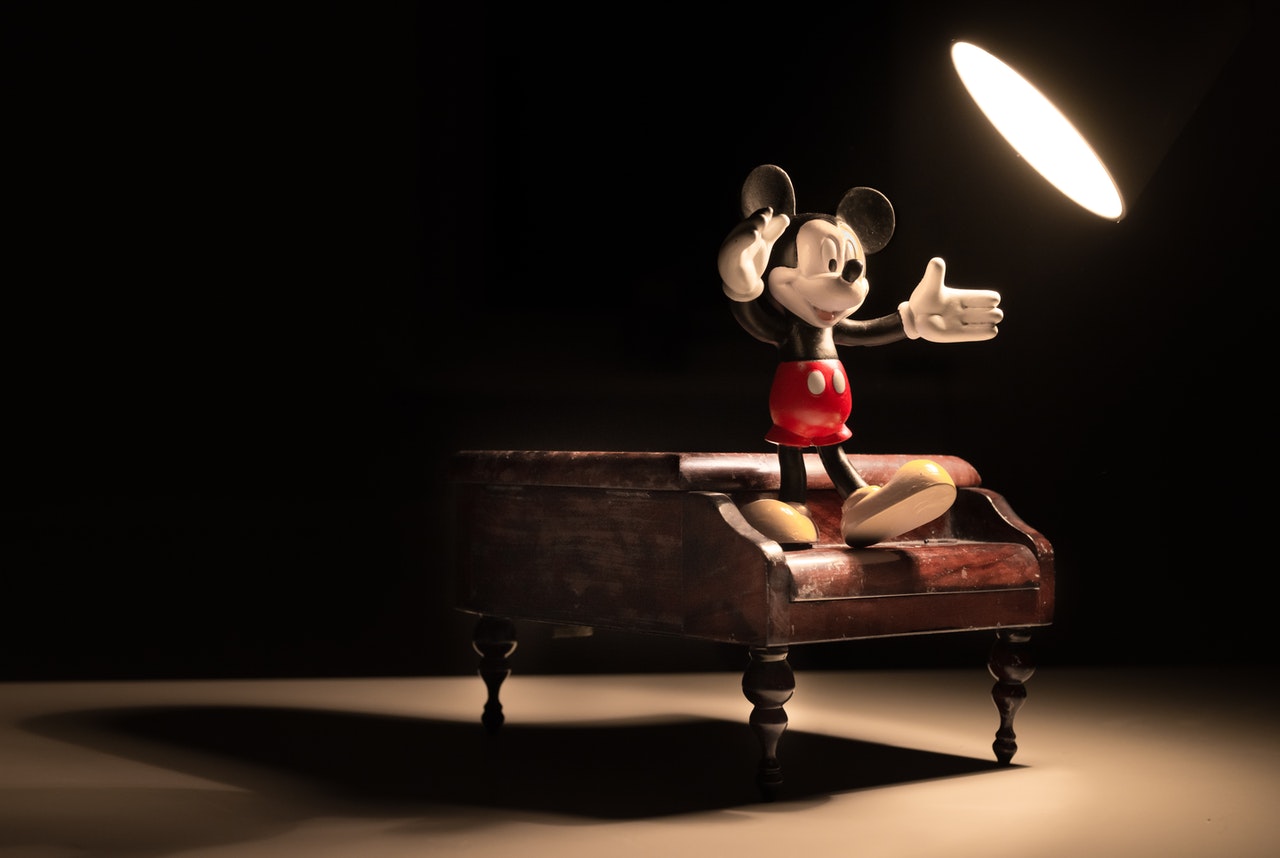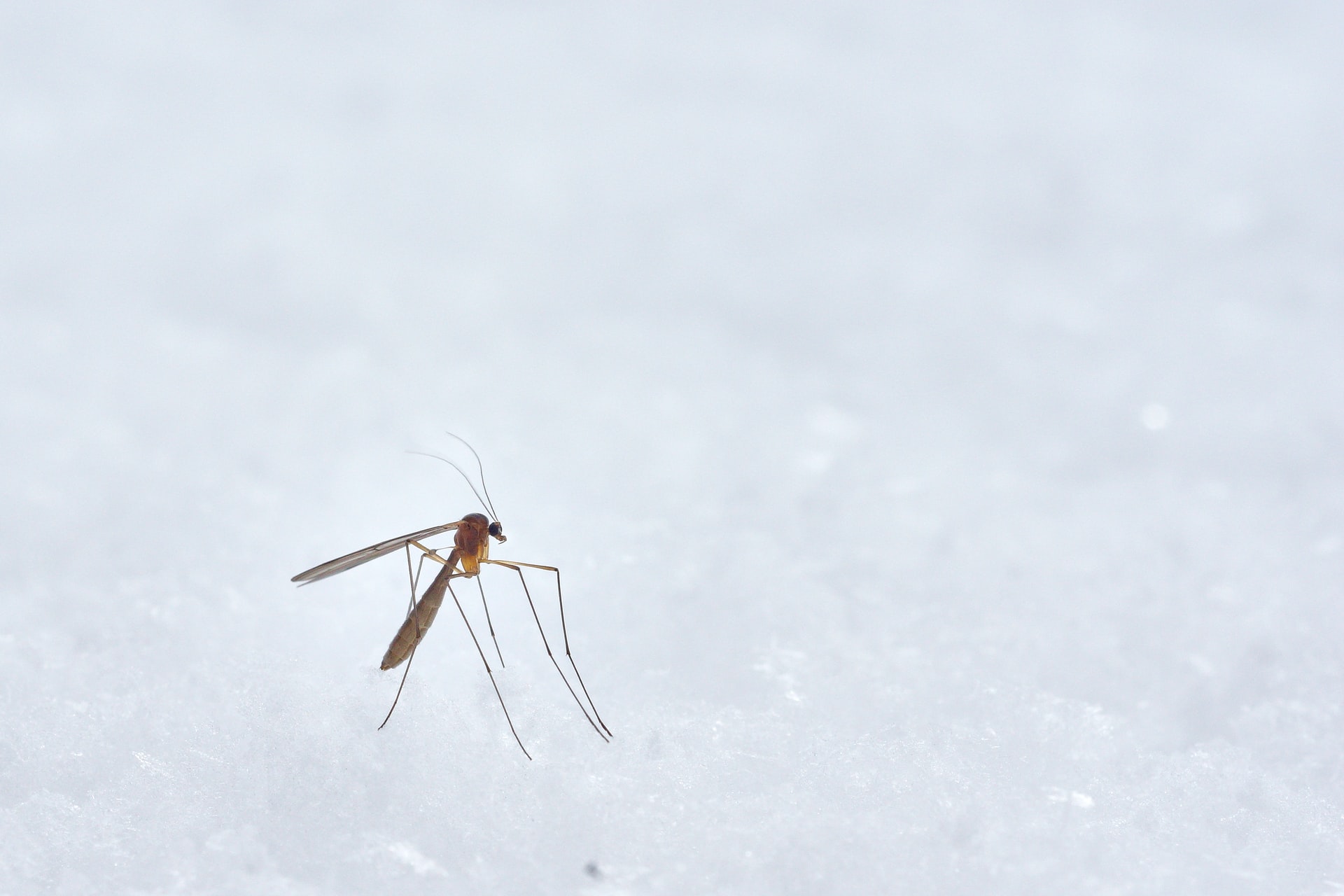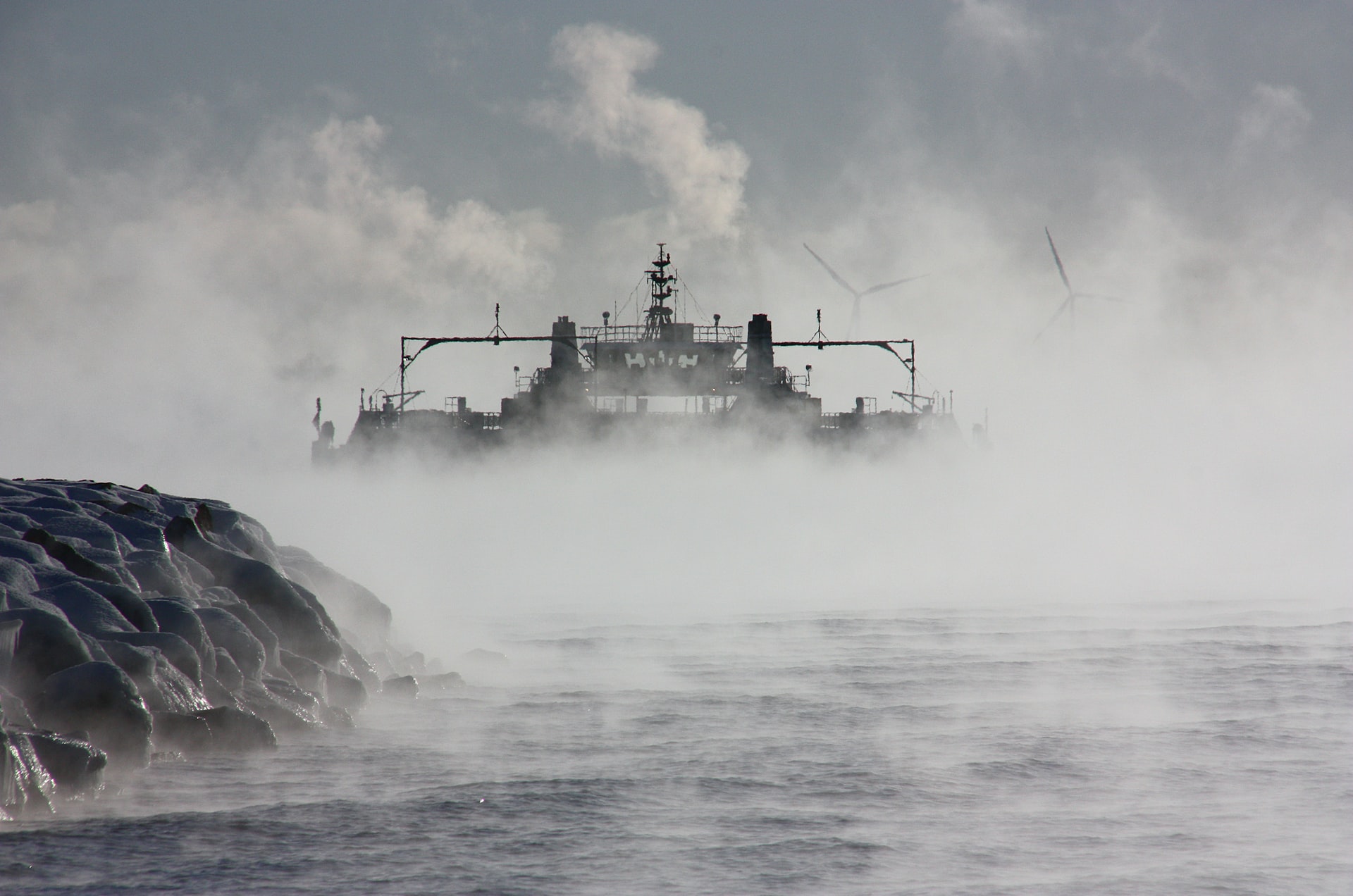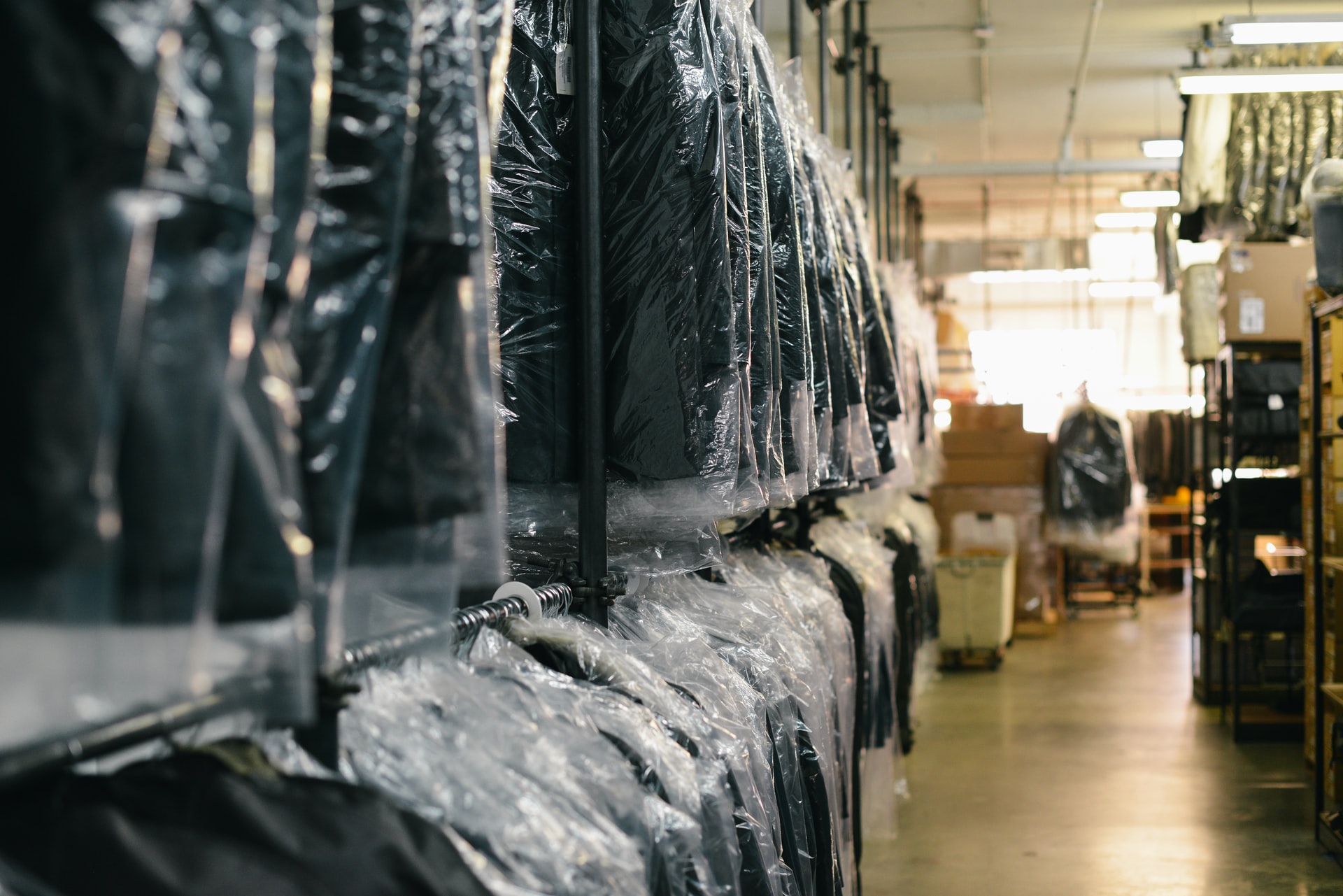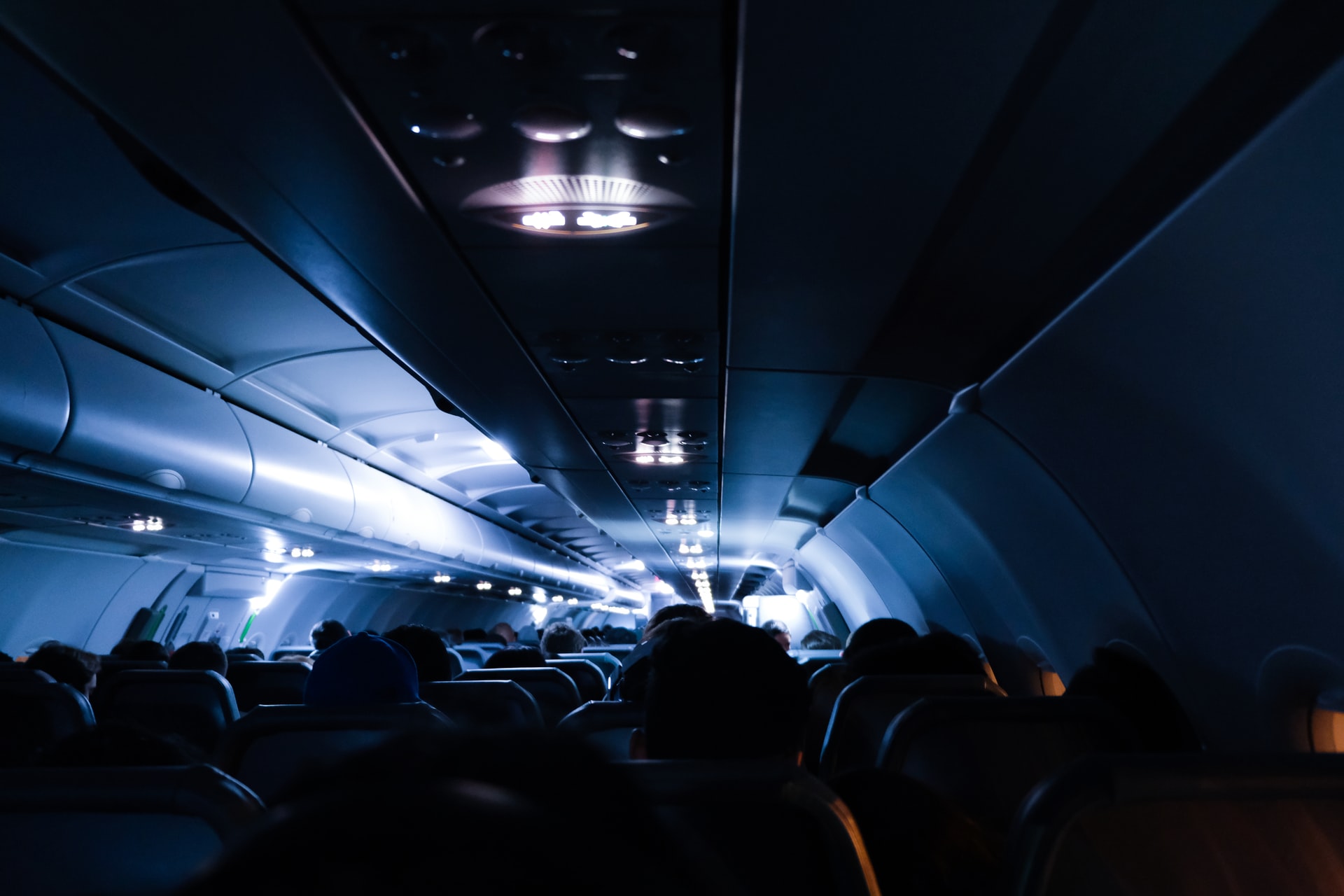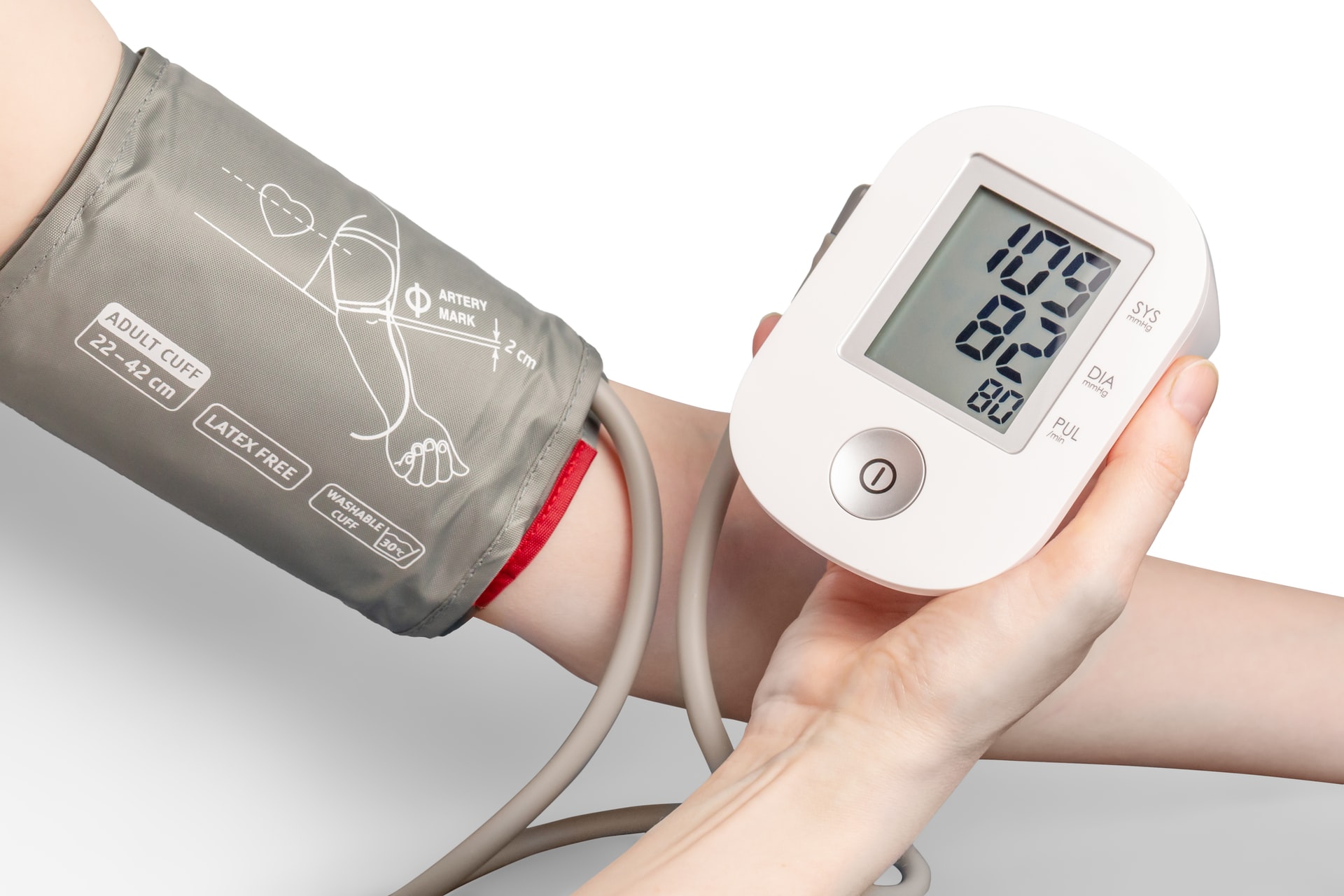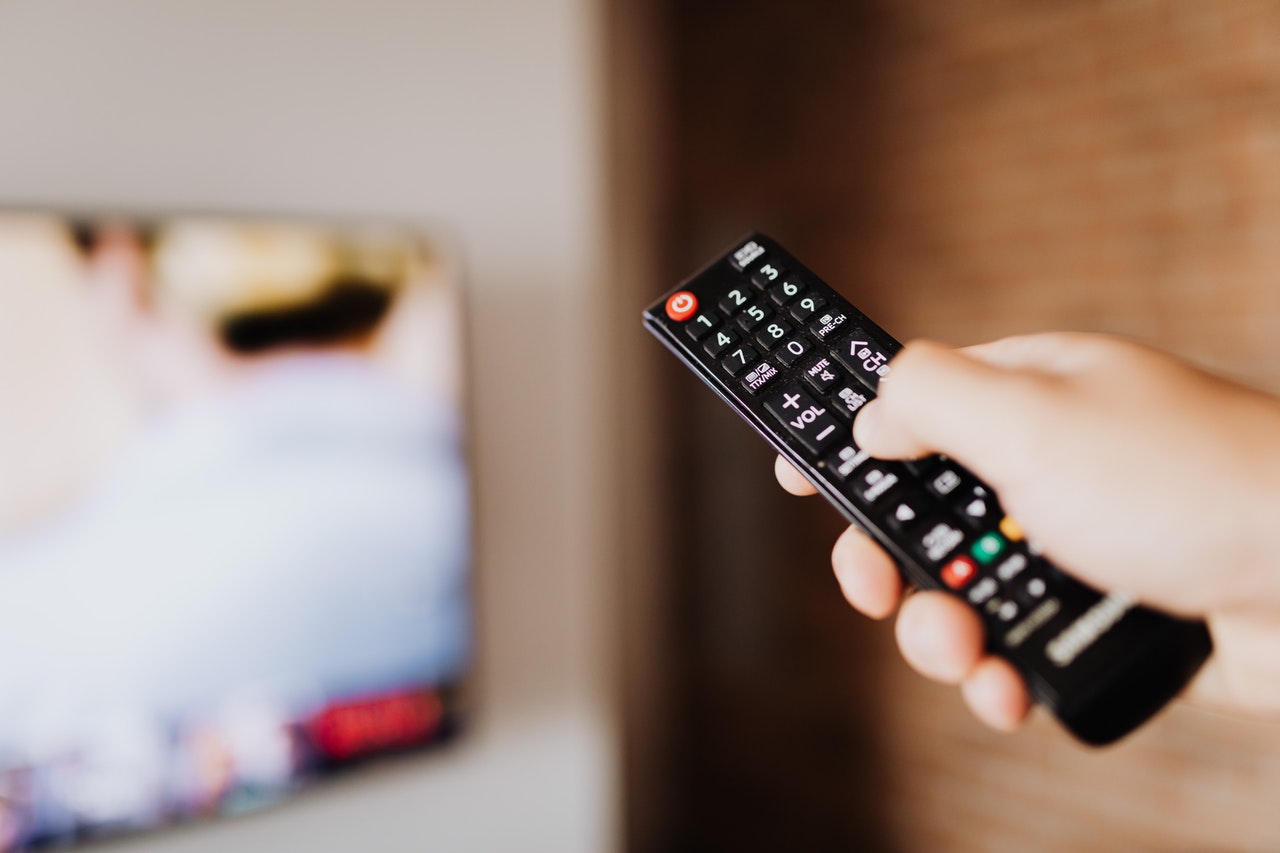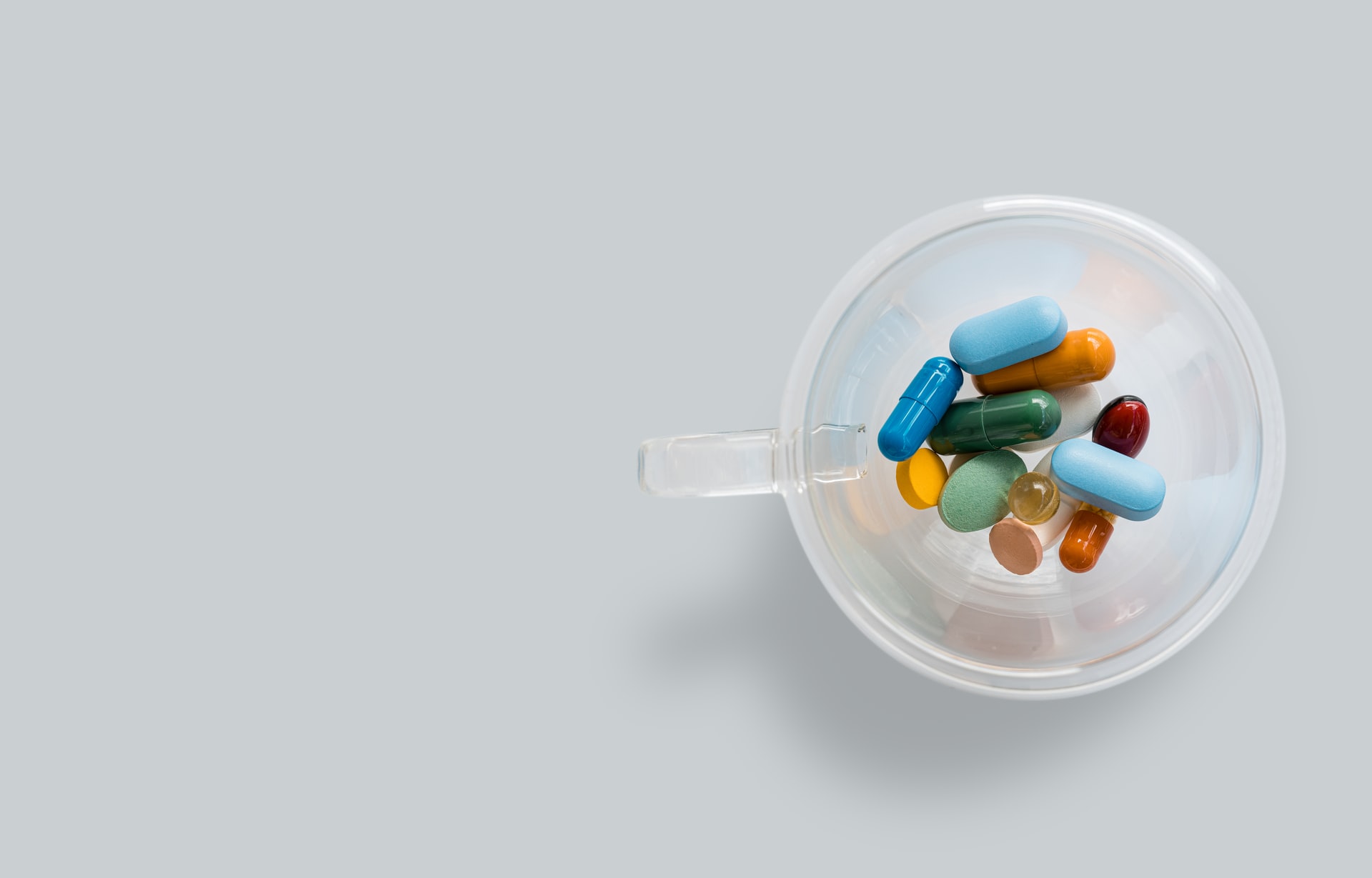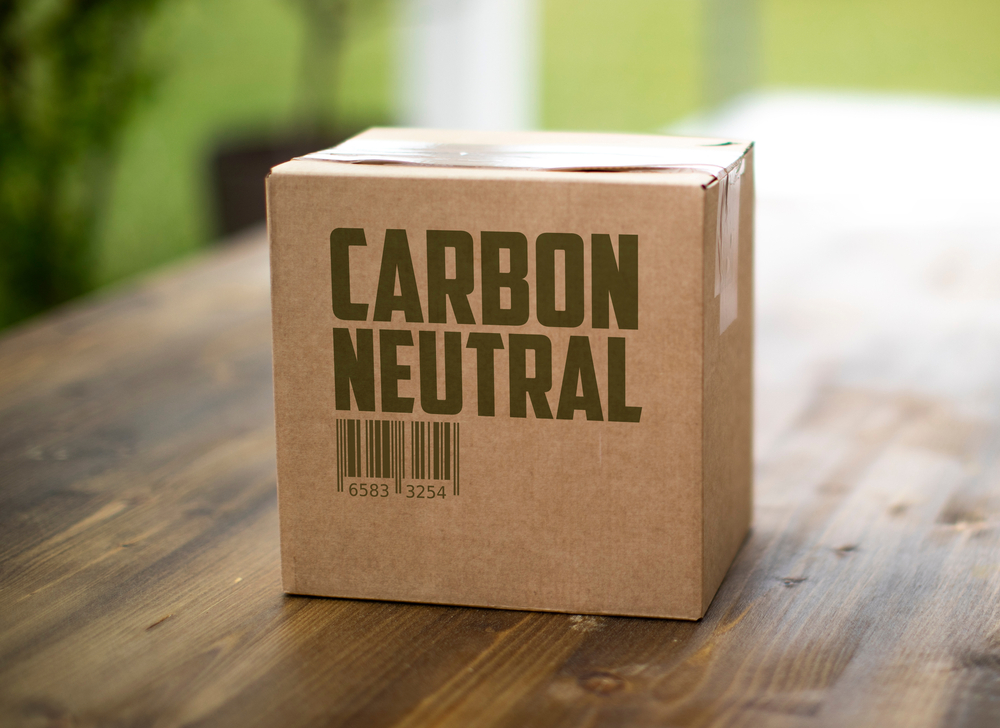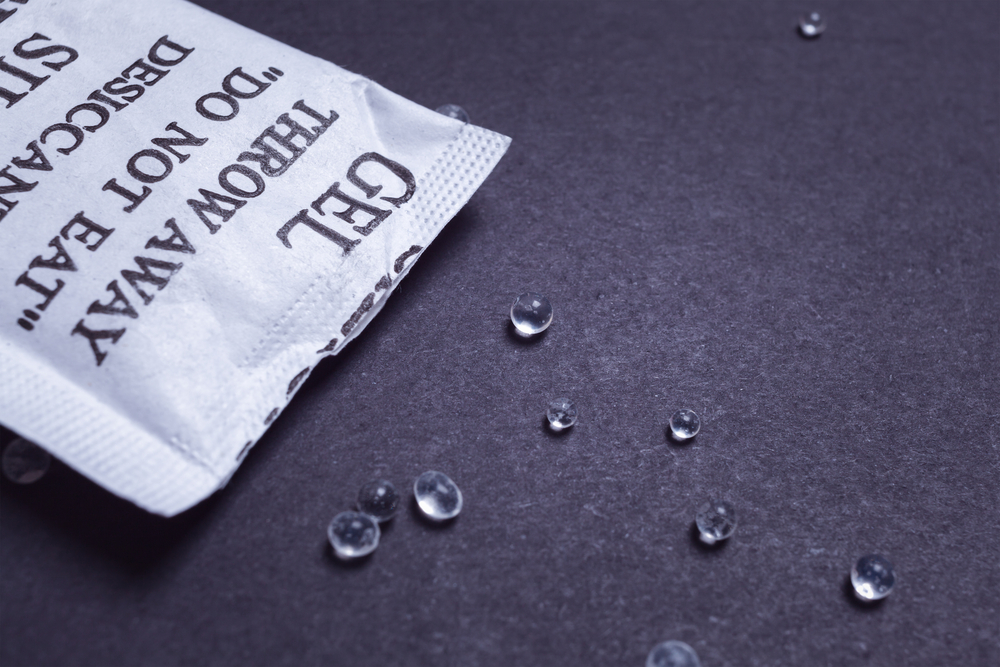Reading Time: 2 minutes
- Like kilometre is the measure of distance, a calorie is the measure of energy.
- One food calorie (1Kcal) is the energy that will raise the temperature of 1 litre of water by 1 degree C.
- The old method of calorie counting was simple and was called the bomb calorimeter method.
- Food (after removing its moisture) was kept inside a chamber that was surrounded by an insulated jar filled with a measured amount of water.
- Any air from the chamber will be sucked out and pure oxygen would be added; then a fuse would ignite the food sample causing it to burn.
- The resulting change in the water temperature multiplied by the amount of water gave the calorie count.
- For example, if you burnt 100g of Pringles potato chips, surrounded by 2 litres of water, and the water temperature increased by 30 degrees C, you could say 100g of Pringles chips have 60KCal (2 Litres X 30 degrees C).
- This method, however, had a flaw.
- Food usually contains fibre that would burn in the calorimeter, but in reality, it is not absorbed into the bloodstream and is thrown out of our body into the toilet.
- This system, therefore, was modified using the current Atwater System.
- Dr. Atwater, in the 1800s, took a group of people and monitored the core content of their diets.
- He also took the core content of their poop & urine (gases were ignored) and subtracted energy lost in them from energy obtained from the diet (as measured using Bomb Calorimeter Method).
- Based on multiple readings, he concluded it as a 4-9-4-7 method, i.e., proteins produce 4Kcal/gram, fats produce 9 Kcal/gram, carbohydrates produce 4Kcal/gram, and alcohol produces 7Kcal/gram.
- Using the 4-9-4-7 method, you can also calculate calories in your diet.
- This model, too, is far from perfect because two foods with the same number of calories on the label can have a different number of calories in reality as absorption of food can vary with each person and the type of food.
- These deviations, however, have been considered insignificant, but the search for a better system is still on.
Image courtesy of Sharon McCutcheon through Unsplash
Reference shelf :

